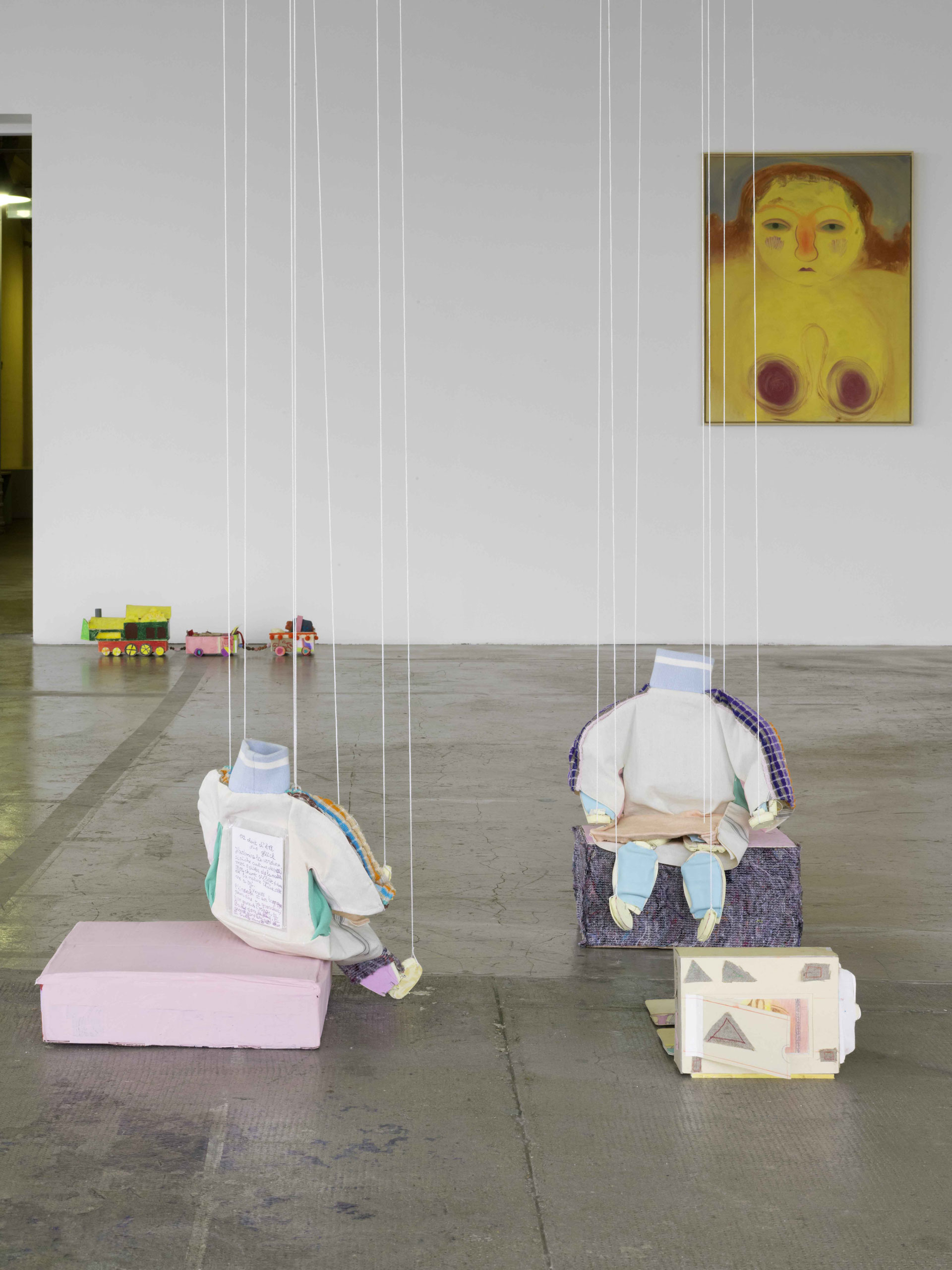Carte Blanche to François Aubart
Ellen Cantor

Ellen Cantor, Club Vanessa (The London Tape), 1996 vidéo noir et blanc / couleur, son, 14min 55s. Courtesy Electronic Arts Intermix

Curatorship: François Aubart
During her group show J’aime le rose pâle et les femmes ingrates, Sarah Tritz invites François Aubart to curate a film program.
Ellen Cantor, Club Vanessa (The London Tape), 1996
In the 1990s, Ellen Cantor (1961-2013), looking to transcribe the feelings generated by one’s emotional life, faced a question: How can one express sentiments without tipping over into the cliché?
She found an answer by reworking stereotyped images produced by the entertainment industries. In Within Heaven and Hell (1996), for example, Cantor relates in voice over her love affair with a man, the ecstasy of their meeting and the violence of their rows. The story is accompanied by scenes from the musical The Sound of Music (1965) and the horror film The Texas Chainsaw Massacre (1974). To tell us about the way a relationship is lived, Cantor uses images that were created to spark joy or fear in viewers.
To make Madame Bovary’s Revenge (The Lovers) (1995), she employed scenes from Les Amants (distributed in English as The Lovers, 1958). Louis Malle’s film, which tells the story of a woman who escapes the boredom of a life divided between her husband and her lover when she meets a third man, discreetly elides the sex. Cantor completes those scenes with excerpts from the pornographic film Behind the Green Door (1972). The artist thus reappropriates the tropes of pornography to tell a love story.
Driven by the same feminist-inspired reflection on the way of showing the act of making love by seeking an alternative to the violent and degrading stereotypical depictions of pornography, Cantor realized Club Vanessa (The London Tape) (1996). In this video, she explains that she dreams of a future world in which anyone will be able to have several partners without the situation sparking jealousy. She goes on to tell several personal stories, about a female partner who invited along a man for one assignation, and her friend Vanessa who would love to have a boyfriend and to whom Cantor responds that she is a boy. These remarks, told as she looks straight into the camera, are accompanied by other scenes that show Cantor making love with a woman and then a man. While realist on the face of it, her personal stories and experiences are mixed with images borrowed from various films and are occasionally shown being broadcast on a television, thus confusing the distinction between real life and representation. Cantor thus finds a way to express her thoughts on love as much as the feelings produced by her encounters and the act of making love.
François Aubart
